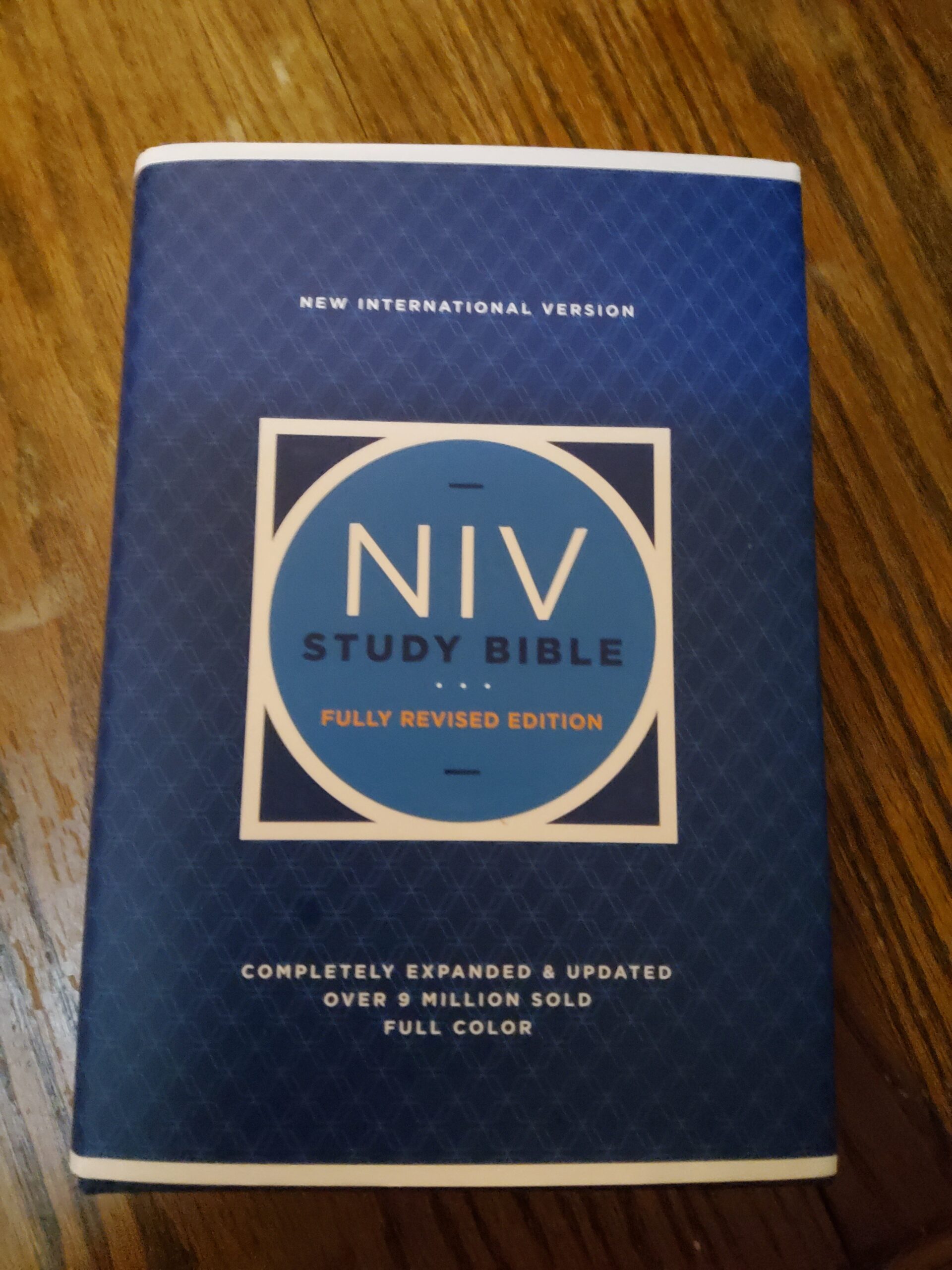The NIV Study Bible (Fully Revised Edition
(I’m writing as a #BibleGatewayPartner and a member of the #BGBloggerGrid. See note at the end of this post.)
When a book that I generally like undergoes a revision, I approach it with a bit of trepidation. Is it going to match the older edition? Will it be better? Or maybe it will lose all value.
The NIV Study Bible hasn’t been central for me personally, but I have interacted with it through many, many students who used it as they attended my classes. It’s the sort of book that kind of fades into the background simply because so many people have it.
I also haven’t lost my issues with study Bibles in general, in particular the potential that people become dependent on the interpretations of their particular study Bible, rather than actually reading the scripture, interacting with it, and also testing their interpretations against other streams. Having notes on interpretation so closely connected with the text of scripture can contribute to laziness.
So I’ll start with my standard recommendation: Use more than one Bible translation, and use more than one study Bible, taken from different perspectives. You can find one set of suggestions here.
That said, this study Bible is takes a balanced approach. By balanced, I don’t mean theologically. To some extent one’s theology will impact a study Bible. One has to write from a perspective if one doesn’t want to simply be confusing. What I mean by “balanced” is that it covers the various needs of a Bible student who may be working without a helpful teacher, and does so in good proportion.
Consider charts like the chart of covenants conveniently placed near the text on the covenant with Noah. This chart helps a reader identify broad themes through scripture and draw connections.

This combines with a variety of other charts that will help a student get perspective. Again, because this sort of information must be from some theological perspective, a serious student should compare other Bibles as well, preferably written from other perspectives. But this material is solid, and it makes a good case for itself being part of regular plan for study.
Images are generally not just so you can feel good about a location, but are helpful to understanding the passage. Below is the tabernacle, conveniently place in the book of Hebrews. As I review my own study guide to the book of Hebrews I will doubtless recommend this as one option for study Bibles a group might use.

At the same time, it is quite possible (and appropriate!) to disagree with a study Bible. On page 2161 there’s an article titled “Can Christians Lose Their Salvation?” with which I would take some issue.
Conservative evangelicals will find the commentary on Romans 1:24-28 and the verses following quite to their taste, as it says the passage is one that makes it clear that homosexual practice is sinful. Progressive evangelicals will not. This is a passage where a commentator is doomed to anger somebody. For purposes of review, I’m simply stating the viewpoint so readers can get an idea of where this study Bible stands on the spectrum of study Bibles.
A great feature of this Bible is that notes about background are clearly distinguished from those about application by color icons. Readers want help with application, but it’s important to realize that when you are applying scripture to modern times, you are that much further from the text itself. It’s good to know when you’re working with raw data (or as close to that as possible) and when someone is spanning the huge gaps of culture and time to tell you what you ought to do about it. Somewhere between these two are notes that talk about personalities or people groups, which are also clearly marked. These notes partake of both ideas.
I should note as well that charts, such as those I have praised also fall somewhere between background and application. This simply means whatever you do study, you need to study carefully. Be aware constantly of the human element in scripture, where God uses humans as communicators, and also in all layers of interpretation. Simply by suggesting a background text from the ancient near east that is related to a scripture passage one introduces the bias involved in that selection. Prayerful, open-minded, in-depth study is needed.
I can’t resist saying all of that, but if you want a conservative evangelical study Bible, this is an excellent choice. I’ll repeat my recommendation that you not depend on a single study Bible or commentary, but select sources that start from different perspectives.
Zondervan provided me with a free copy of this Bible in exchange for an honest review, for which I thank them. I will provide a link to purchase the Bible in its various editions below.







